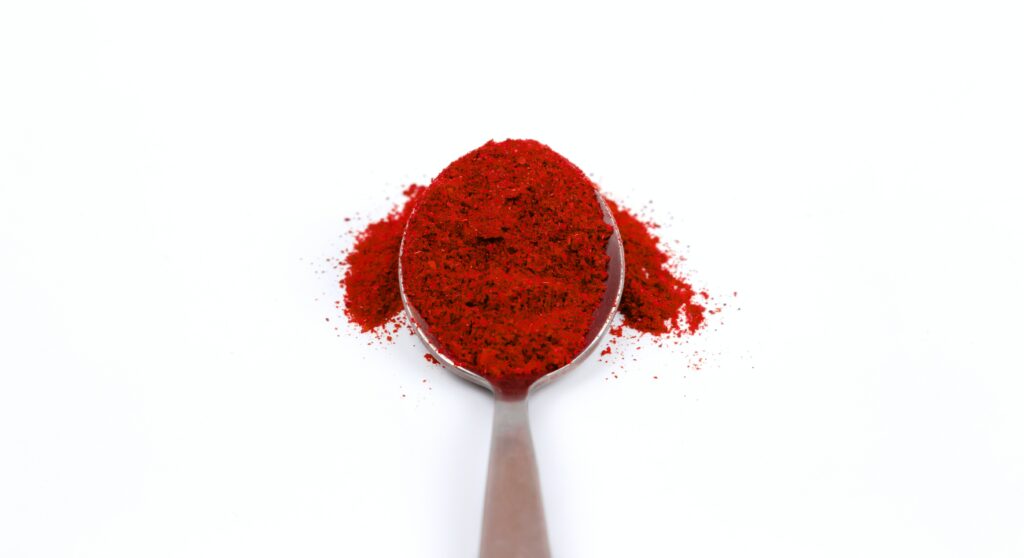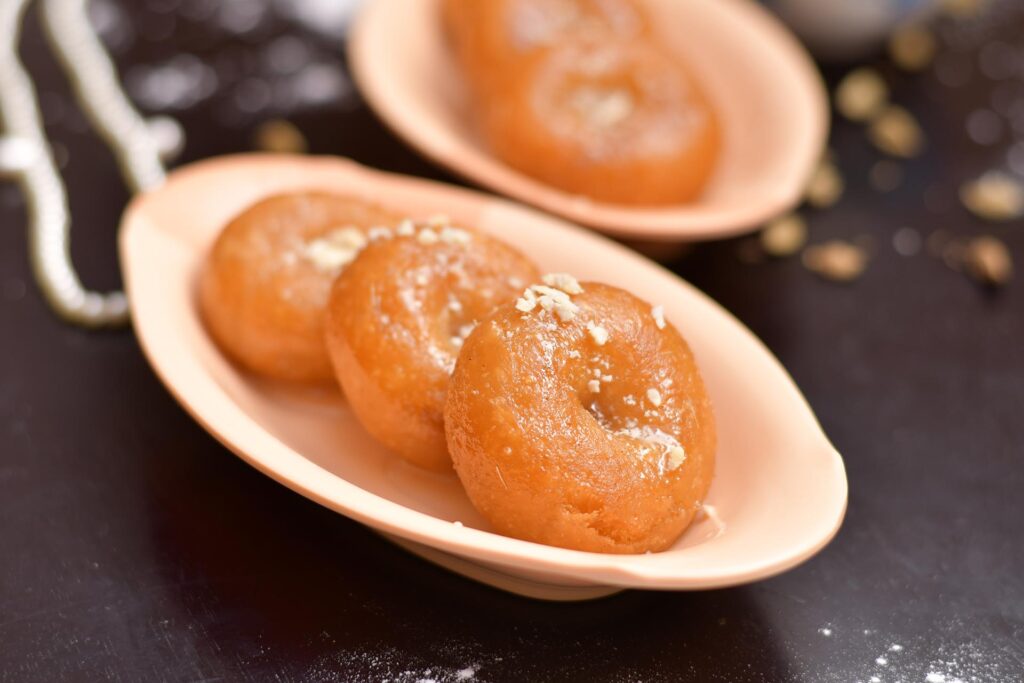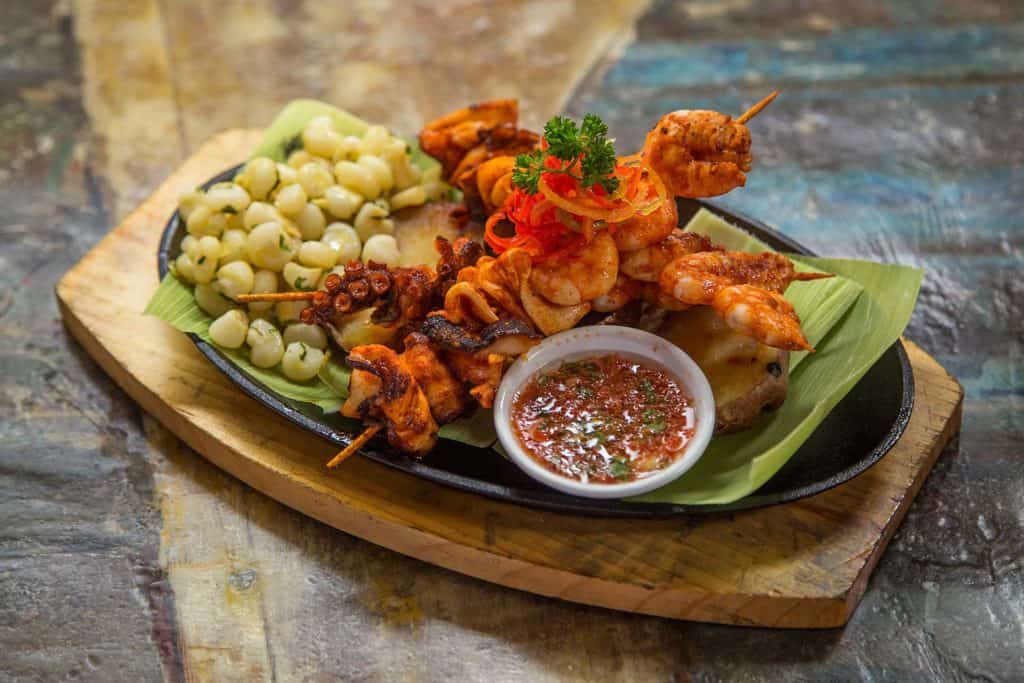When it comes to fruits, Asia boasts a rich and diverse tapestry of flavours, textures, and aromas that are sure to delight the taste buds of any adventurous food lover. From the pungent and divisive Durian to the regal and exquisite Mangosteen, Asian fruits offer a unique and extraordinary culinary experience.
Introduction to Asian Fruits
Asian fruits hold a special place in the world of culinary delights. With their vibrant colours, unique flavours, and enticing aromas, these fruits have become synonymous with the exotic tastes of Asia. From the bustling markets of Thailand to the tropical orchards of Malaysia, Asian fruits are celebrated for their diverse range and cultural significance.
Cultural and Culinary Importance of Asian Fruits
Asian fruits are not merely ingredients in a recipe; they hold immense cultural and culinary significance. They are integral to the traditional cuisines of Asian countries, adding depth, complexity, and a burst of flavours to dishes. The use of fruits in Asian cooking goes beyond their taste; they are also valued for their textures, colours, and visual appeal.
Asian fruits are often incorporated into desserts, where their natural sweetness and refreshing qualities shine. From tropical fruit salads to sticky rice with mango, these desserts exemplify the art of balancing flavours and showcasing the natural beauty of the fruits. In savoury dishes, fruits like pineapple, tamarind, and guava are used to add a touch of tanginess and complement the savoury flavours.
For centuries, Asian cultures have recognized the medicinal properties of certain fruits and have incorporated them into healing practices. These fruits are believed to possess various health benefits, ranging from boosting the immune system to improving digestion and promoting overall well-being.
Popular Asian Fruits and their Characteristics
Durian: The King of Fruits
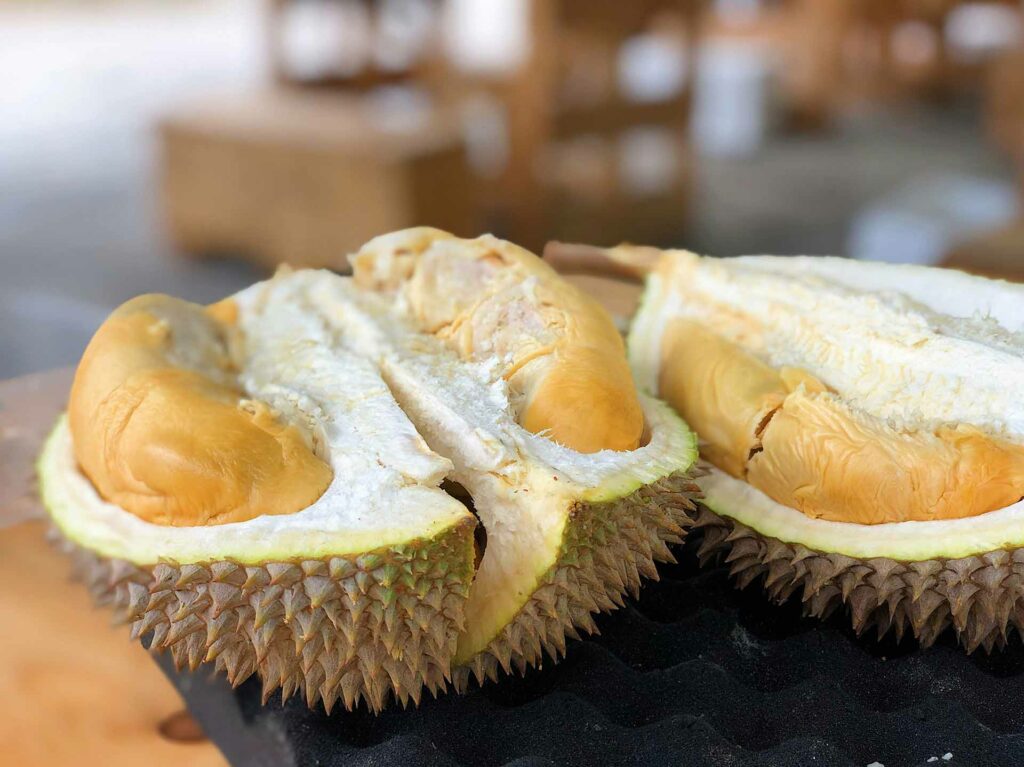
Originating from Southeast Asia, the Durian holds a special place in the hearts of many Asians. Often referred to as the “King of Fruits,” this spiky, thorny fruit is notorious for its strong odour, which can be described as both pungent and sweet. Despite its divisive aroma, Durian is highly revered for its rich, creamy, and custard-like flesh that melts in your mouth.
Durian is commonly used in both sweet and savoury dishes. In Southeast Asian cuisines, it is used to make desserts like Durian sticky rice, ice cream, and pastries. The flesh can also be enjoyed on its own, with its unique combination of sweet and savoury flavours. Additionally, Durian is packed with nutrients such as vitamins, minerals, and dietary fibre, making it a nutritious choice.
Mangosteen: The Queen of Fruits
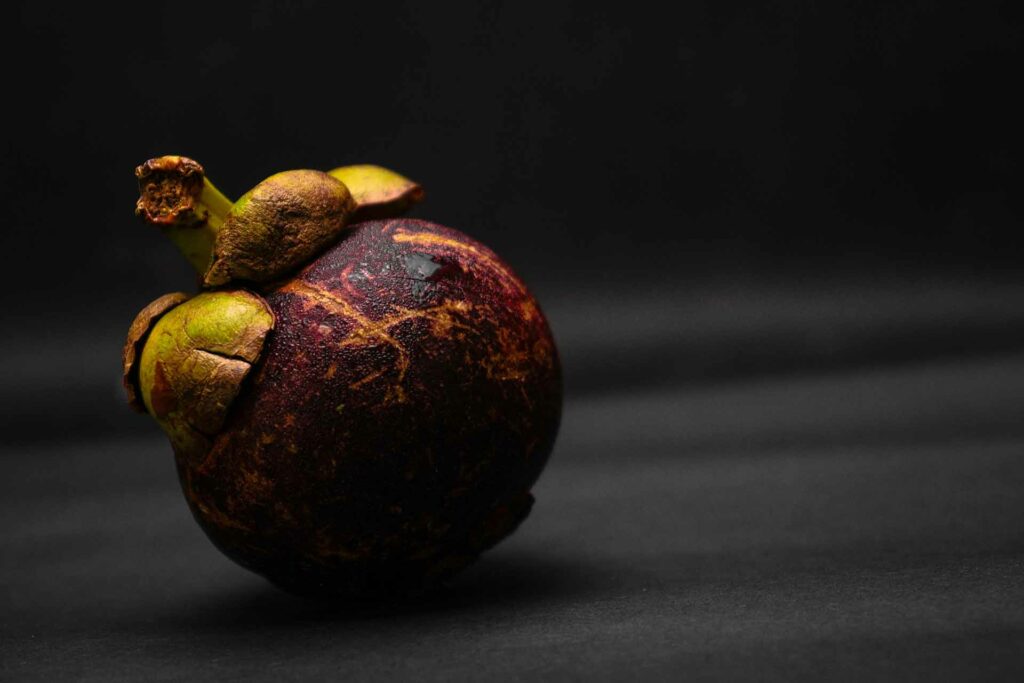
Hailing from the tropical regions of Southeast Asia, Mangosteen is often referred to as the “Queen of Fruits” due to its exquisite taste and regal appearance. Encased in a thick, purple rind, Mangosteen reveals a luscious and juicy white flesh that is both tangy and sweet. Each segment is packed with a burst of flavour, making it a true tropical delight.
Mangosteen is primarily enjoyed fresh, either on its own or in fruit salads. Its refreshing and tangy taste pairs well with other tropical fruits, creating a harmonious blend of flavours. In addition to its culinary uses, Mangosteen is believed to have medicinal properties. It is rich in antioxidants, which may help boost the immune system and protect against various diseases.
Lychee: The Tropical Gem
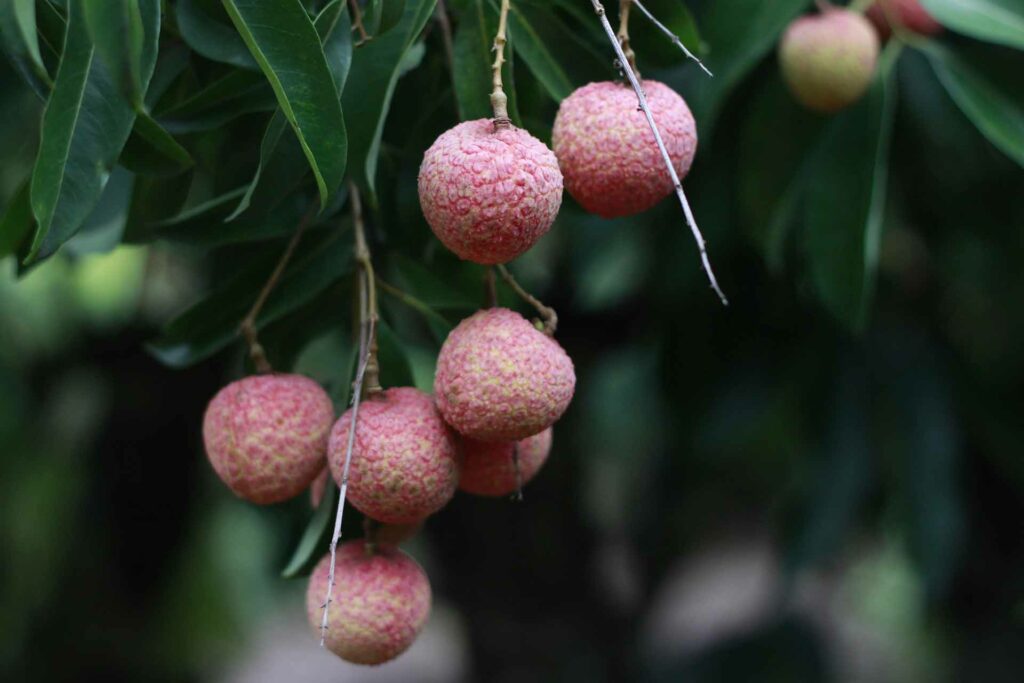
Originating from China, the Lychee is a tropical fruit that has gained popularity worldwide for its distinctive sweet and floral flavour. Enclosed in a rough, reddish-brown shell, Lychee unveils a translucent and juicy flesh that is incredibly refreshing. Its delicate aroma and burst of sweetness make it a favourite among fruit enthusiasts.
Lychee is commonly consumed fresh as a snack or incorporated into various desserts and beverages. It adds a delightful touch to fruit salads, cocktails, and even ice creams. Rich in vitamin C and antioxidants, Lychee offers potential health benefits, such as supporting the immune system and promoting healthy skin.
Lesser-Known Asian Fruits Worth Exploring
While Durian, Mangosteen, and Lychee are widely recognized and celebrated, the realm of Asian fruits extends far beyond these well-known favourites. In this section, we will venture into the lesser-known Asian fruits that are equally deserving of attention and exploration.
Rambutan: The Hairy Jewel
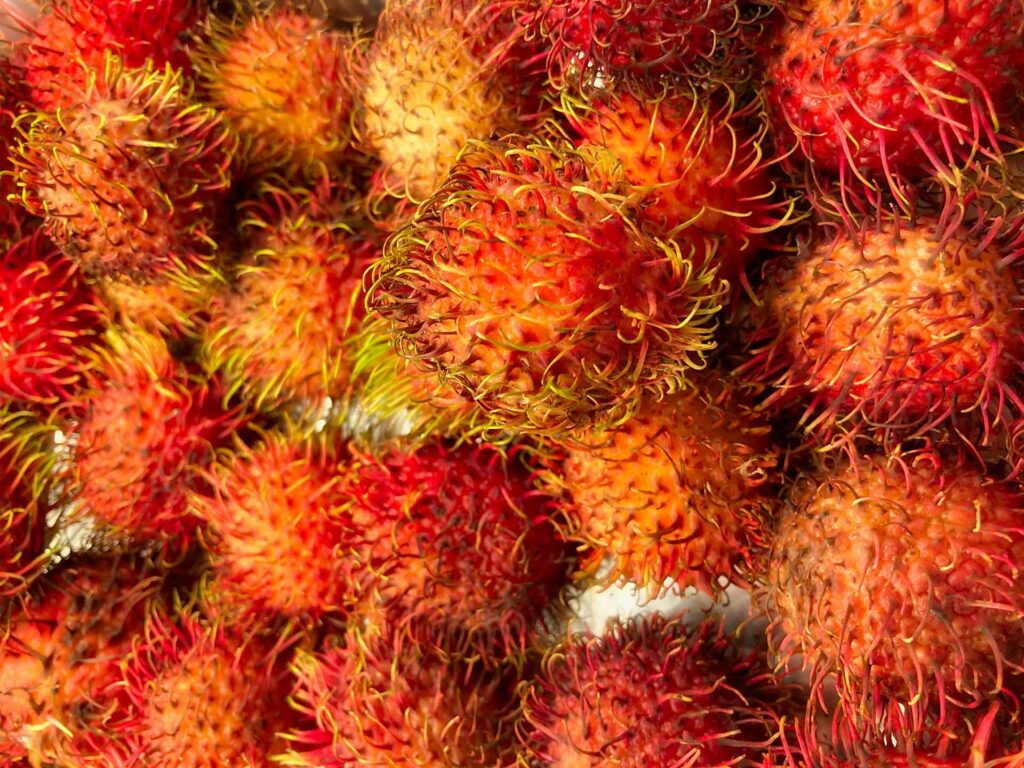
Native to Southeast Asia, Rambutan is a small, round fruit covered in a spiky red or yellow skin, reminiscent of its relative, the Lychee. Once peeled, Rambutan reveals a translucent, juicy flesh that is sweet with a hint of acidity. Its unique appearance and delightful taste make it a true gem among Asian fruits.
Dragon Fruit: A Vibrant Delight
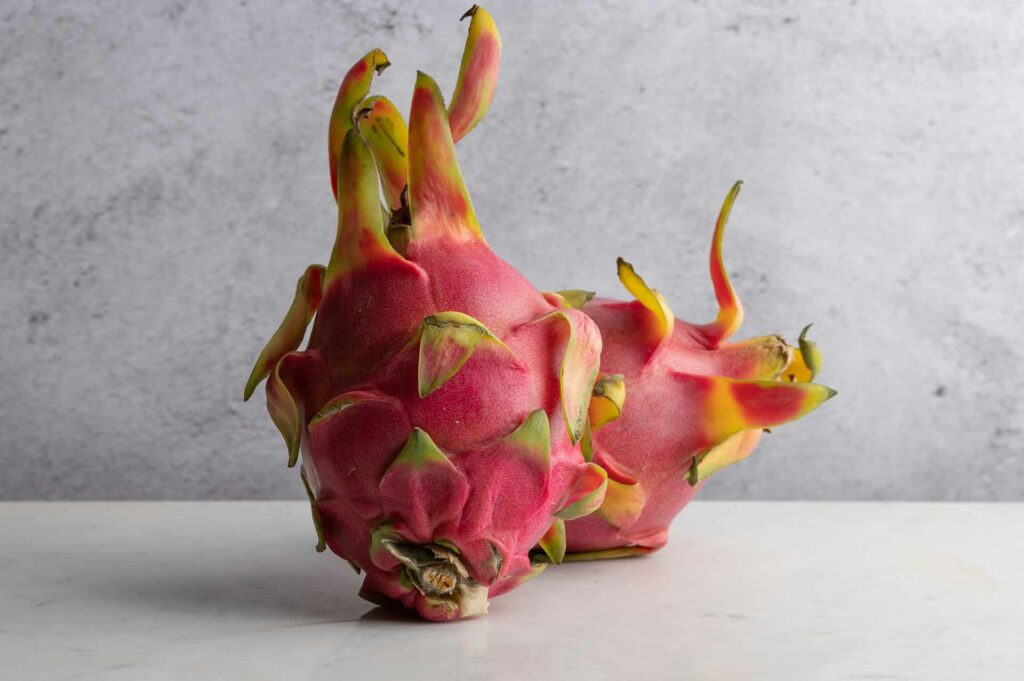
Originating from the cactus family, Dragon Fruit, also known as Pitaya, is a visually striking fruit with its vibrant pink or yellow skin and speckled flesh studded with tiny black seeds. Despite its exotic appearance, Dragon Fruit has a mild and subtly sweet flavour, reminiscent of a cross between a pear and a kiwi.
Jackfruit: The Versatile Wonder
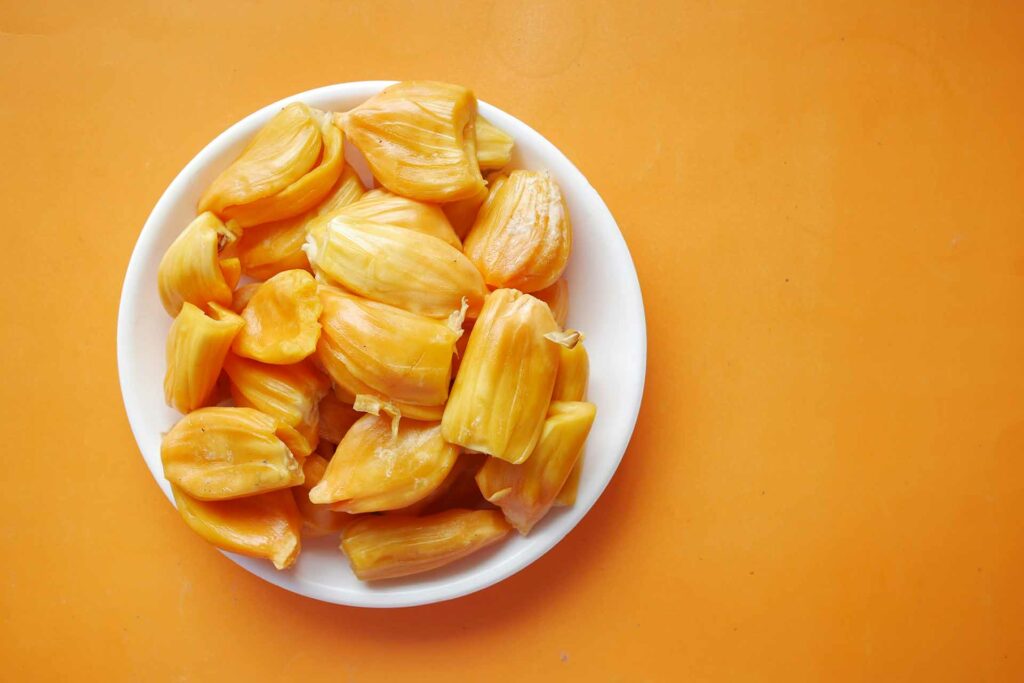
Native to South Asia, Jackfruit is the largest fruit that grows on a tree and is often referred to as the “vegetable meat.” Its massive size and distinctive appearance make it a fascinating fruit to behold. The flesh of a ripe Jackfruit is sweet and fragrant, with a tropical flavour reminiscent of a blend of banana, pineapple, and mango.
Salak: The Snake Fruit
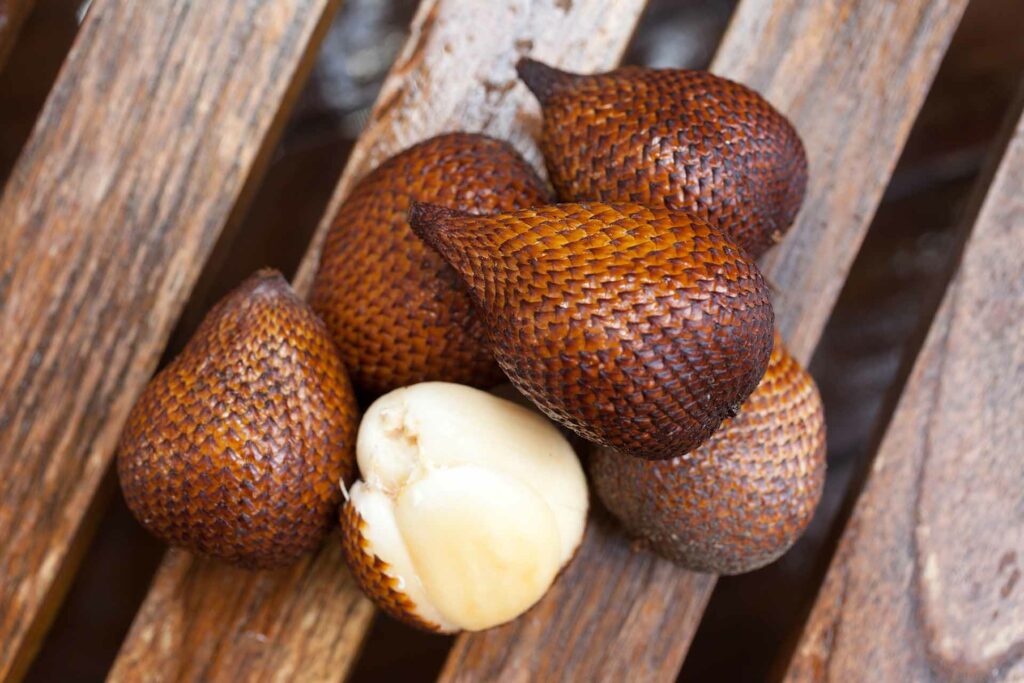
Indigenous to Indonesia and other regions of Southeast Asia, Salak, also known as Snake Fruit, derives its name from the reddish-brown scaly skin that resembles snake scales. Once peeled, Salak reveals a cluster of small, creamy-white segments that have a crisp texture and a sweet yet tangy flavour. Its taste is often described as a blend of pineapple and apple with a hint of citrus.
Buddha’s Hand: The Fragrant Citrus
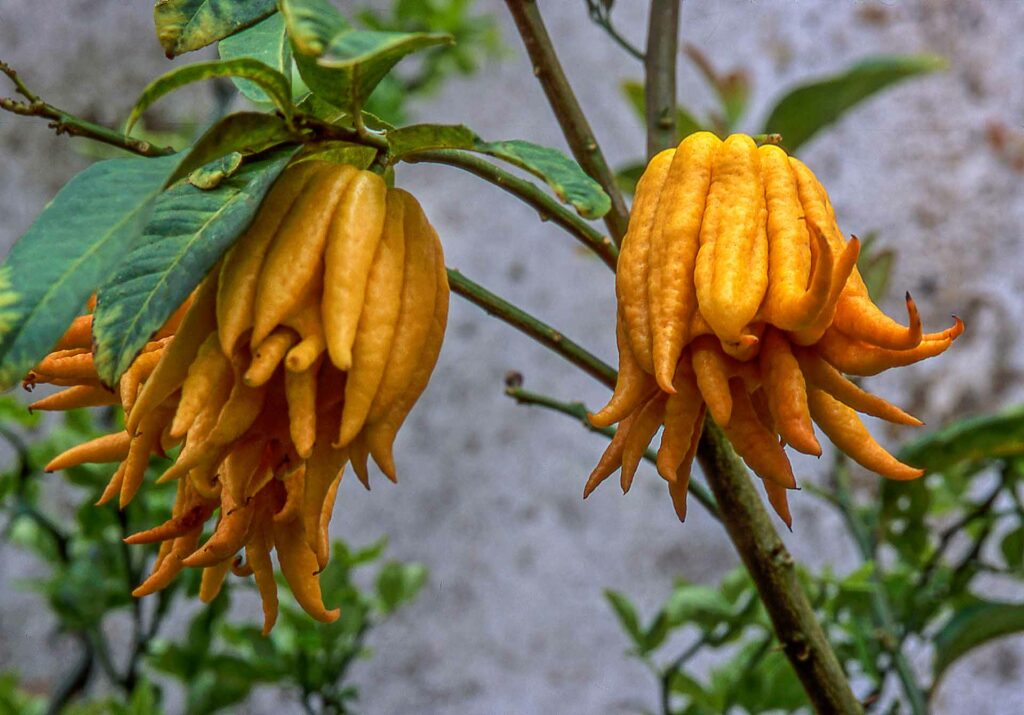
Buddha’s Hand, native to China and India, is an intriguing citrus fruit that stands out for its unique appearance and fragrant aroma. Resembling a yellow, multi-fingered hand, this fruit is truly a sight to behold. While Buddha’s Hand lacks the juicy pulp found in other citrus fruits, it compensates with an intense fragrance and a zesty flavour that can be used to infuse dishes with a burst of citrusy goodness.

